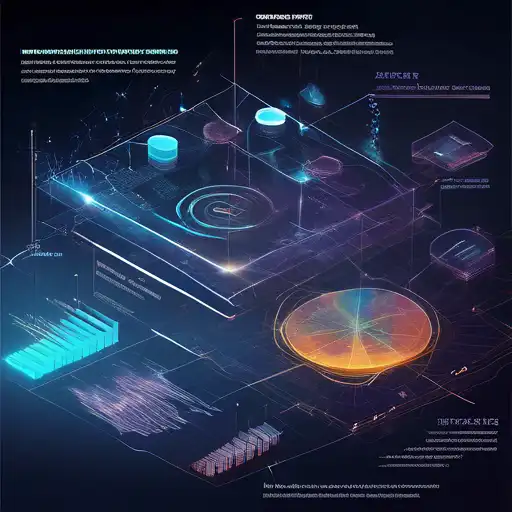Introduction to Data Visualization
In the era of big data, the ability to visualize complex datasets is invaluable. Data visualization techniques transform raw data into a visual context, such as charts or maps, making the data more accessible and easier to understand. This article explores various data visualization techniques that can help you unlock deeper insights from your data.
Why Data Visualization Matters
Data visualization is not just about making pretty pictures; it's about telling a story with your data. It enables decision-makers to see analytics presented visually, so they can grasp difficult concepts or identify new patterns. With interactive visualization, you can take the concept a step further by using technology to drill down into charts and graphs for more detail, interactively changing what data you see and how it's processed.
Key Data Visualization Techniques
There are several techniques you can use to visualize your data effectively. Here are some of the most popular ones:
- Bar Charts: Ideal for comparing quantities among different groups.
- Line Graphs: Best for visualizing trends over time.
- Pie Charts: Useful for showing proportions of a whole.
- Scatter Plots: Excellent for identifying relationships between variables.
- Heat Maps: Great for visualizing complex data like user behavior on websites.
Advanced Visualization Techniques
For more complex datasets, advanced visualization techniques can provide even deeper insights. Techniques such as network diagrams, tree maps, and geospatial mapping can reveal patterns and relationships that are not immediately obvious. These methods require more sophisticated tools and a deeper understanding of data visualization principles.
Choosing the Right Tool
Selecting the right tool is crucial for effective data visualization. There are many tools available, ranging from simple spreadsheet software like Excel to more advanced platforms like Tableau or Power BI. The choice depends on your specific needs, including the complexity of your data and the level of interactivity required.
Best Practices for Data Visualization
To maximize the effectiveness of your data visualizations, follow these best practices:
- Keep it simple and avoid clutter.
- Use the right type of chart for your data.
- Ensure your visualizations are accessible to all users, including those with color vision deficiencies.
- Always provide context for your data to help viewers understand what they're seeing.
Conclusion
Data visualization is a powerful tool for uncovering insights that might otherwise remain hidden in raw data. By mastering various visualization techniques and adhering to best practices, you can transform complex datasets into clear, actionable insights. Whether you're a business analyst, data scientist, or just someone who loves data, effective visualization can help you tell your data's story more compellingly.
